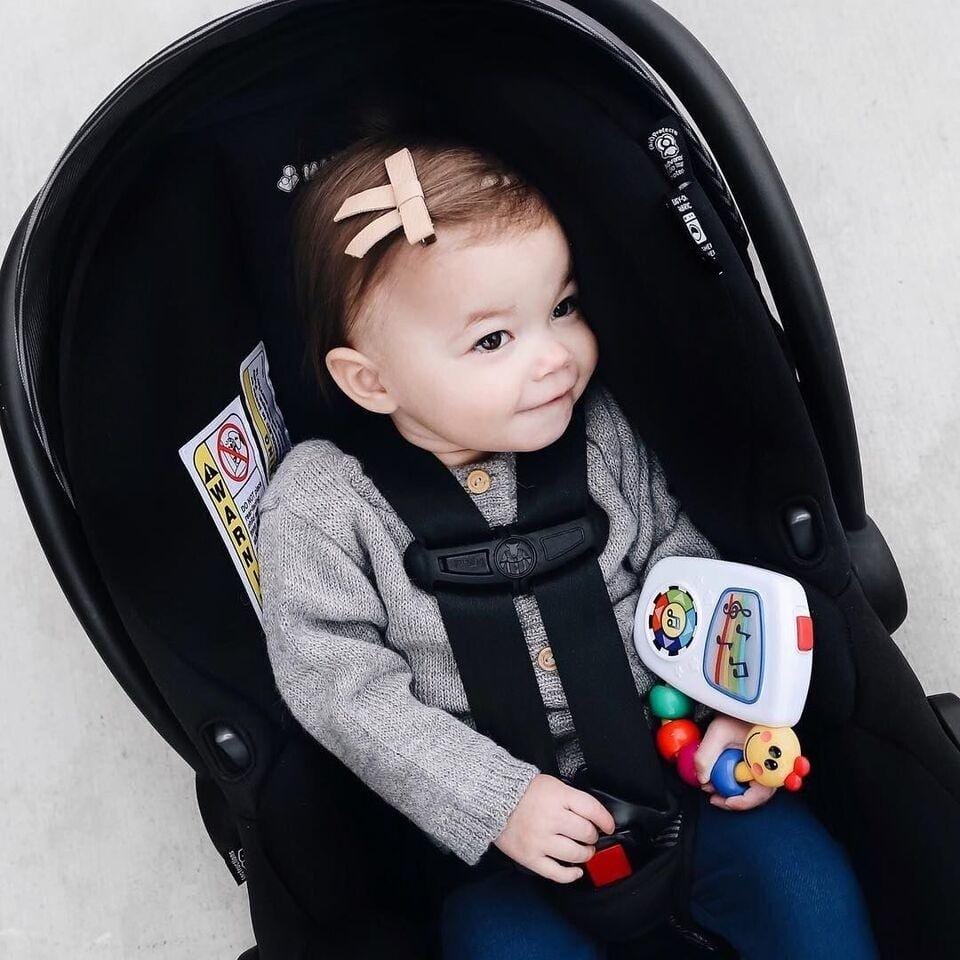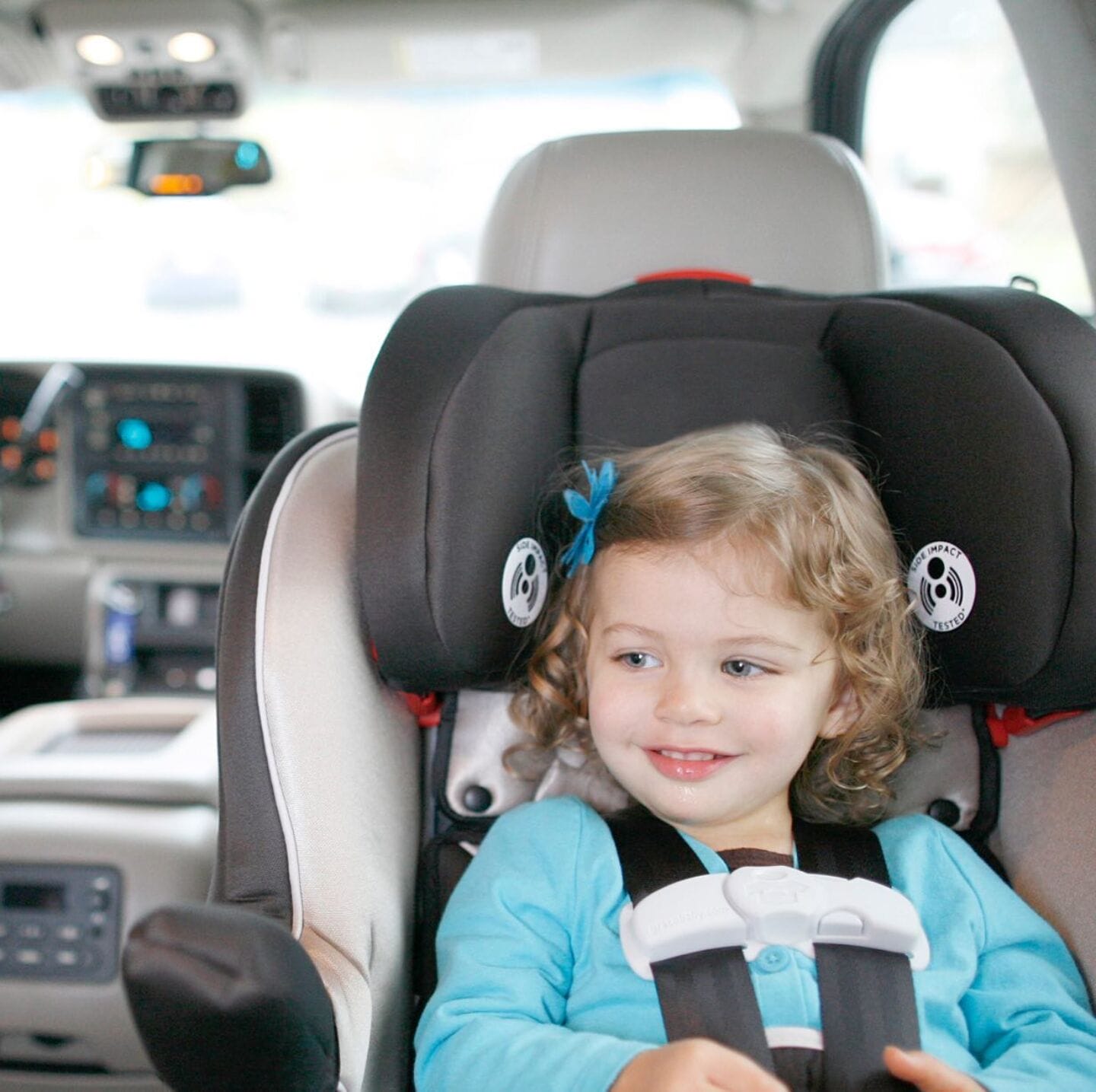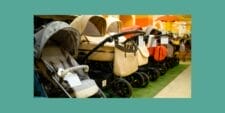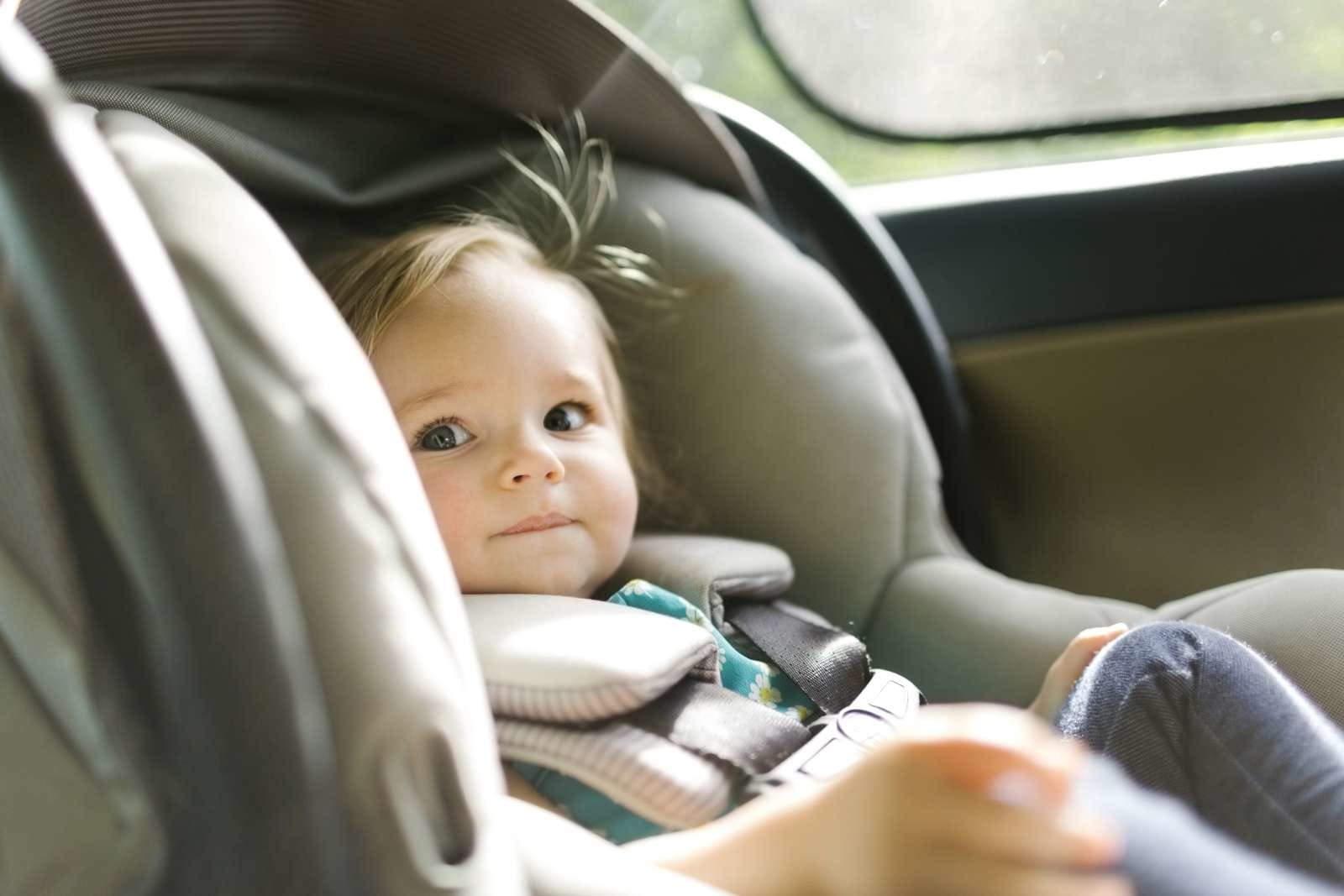10 car seat guidelines every parent needs to know

Mia St Clair
1. Only use them in the car.
Table of Contents
Car seats are an amazing form of engineering. When used properly, these combined parts of plastic, metal and cloth keep our children safe when driving.
Over the years, car seats (and laws requiring us to use them) have gotten better and better, and made our kids significantly safer on the road. But in some ways, car seats aren’t super intuitive. There’s a lot for new parents to know about car seats—like when is safe to use them, and when is not.
10 things parents need to know to keep babies safe in car seats
1. Only use them in the car, never at home or at daycare
In the car, a car seat is absolutely the safest place to be. But once your baby leaves the vehicle, that changes.
Researchers with the American Academy of Pediatrics and the Canadian Paediatric Society say the most dangerous time for a baby to be in a car seat is when they’re not actually in a car.
It’s important for new parents to know that car seats really should only be used in the car, and not as a place for a baby to sleep, as they aren’t designed to be a safe sleep surface. When babies are allowed to sleep in car seats outside the vehicle they are at risk for something called positional asphyxia, where the position of the body blocks the airway.
Parents should not be shy about making “never use the car seat outside the car” a rule for anyone who watches the baby—grandparents, babysitters or daycare providers may not know this.
Any childcare provider should understand this and should never let a child nap in a car seat outside the vehicle, especially unattended.
2. Mind the minimum and maximum weights
Some car seats are approved for babies who weigh as little as 4 pounds, while others have a minimum weight of 5 pounds, and the maximum weights can vary from 20-some pounds to over 60.
This is something to think about when shopping for your first car seat. Are you cool with buying another car seat when your child grows out of an infant-only seat, or would you rather get an all-in-one car seat that they can sit in until they’re 10?
It’s important to adhere to car seat’s weight requirements to keep your baby as safe as possible.
3. Get help if installation is tricky
Parents shouldn’t assume that car seat installation is intuitive or easy because it isn’t. A lot of well-meaning moms and dads aren’t using their car seats correctly.
One study found that 95% of car seats were misused by parents taking newborns home from the hospital, and 20% of booster seats were being used incorrectly.
The good news is that there are experts out there who can help parents out. Certified Child Passenger Safety Technicians can help parents when the car seat directions don’t seem to make sense, and fire and police departments often offer car seat clinics where parents can get an expert assessment of their install.

4. Don’t keep babies in car seats for long stretches of time
When you’re road tripping with a baby, plan for frequent stops. The AAP recommends parents plan “to stop driving and give yourself and your child a break about every two hours.”
When it comes to babies under a month old, some car seat researchers suggest putting off the longer drives for a few more weeks.
Professor Peter Fleming, a noted car seat researcher, says parents of babies who haven’t hit the 1-month mark should try to keep road trips brief. “Restrict it to say, no more than half an hour or so,” Professor Peter Fleming told the BBC.
If you’ve got to go farther than that, just plan for rest stops to get baby out of the car seat (and maybe get mama some Starbucks).
5. Take off the baby’s winter coat, before buckling them in
According to the AAP, bulky coats and snowsuits can compress in a car crash, leaving the straps too loose to keep a child safely in their seat.
Car seat experts suggest dressing kids in layers and removing bulky coats before strapping children in. They can wear a thinner fleece jacket as well as their boots, mittens and hat, and after your child is buckled in you can put their coat on backward (over the harness) to keep them warm if needed.
6. Don’t use after-market accessories
If it didn’t come with your car seat, don’t put it on your car seat.
Toys, head cushions or soft strap covers are commonly found in retailer’s baby sections, but using them isn’t a great idea, say safety experts. Aftermarket, third-party accessories can void car seat warranties and put babies in danger.
7. Keep them rear-facing as long as you can
According to the AAP, rear-facing car seats are the safest, and there’s no age limit on when kids need to be turned around. It’s actually about size, not about age (although the guidelines used to say kids should be rear facing until age two, they’ve been updated).
Car seat experts with the AAP don’t want parents to rush transitioning kids out of rear-facing seats—or later, into boosters—because every transition actually reduces the amount of protection a child has in the event of a crash.
Many modern car seats have weight limits of 65 pounds or more, so kids can stay in them for quite some time.
8. Use the LATCH system (when appropriate)
Modern cars have those car seat anchors in the back seats known as the Lower Anchors and Tethers or LATCH system. They allow parents to clip the car seat into the anchors (hidden in the folds of the seat) without having to use the adult seatbelt.
Do check your vehicle’s manual though to find out what the weight limit is on your LATCH system (in most vehicles is only built to hold 65 pounds). The weight limit is close to the weight limit of many of today’s car seat models, but the LATCH weight limit does not take into account the weight of the car seat.
If your baby (OK, elementary schooler) is 40 pounds, combined with their 15 or 20 pound car seat, this will put them over the weight limit for the LATCH system. It’s time to switch to securing the car seat with the seat belt.
9. Use the top tether strap
Car seat experts say one of the most common mistakes parents make when transitioning from a rear-facing car seat to the forward-facing position is not using the top tether strap. It’s there for a reason, so make sure you use it when it’s time to turn your child around.
10. Bottom line: Always use car seats as directed
When parents use car seats as the manufacturer intends, they help keep our children as safe as they can possibly be. There’s a lot of information about car seats, and it can sometimes feel overwhelming. If something is confusing, reach out to your manufacturer. Chances are, they’ve heard your question before.
When used as directed, car seats are an amazing piece of safety equipment, one all mamas should be thankful for.
A version of this post was published in 2019. It has been updated.


































